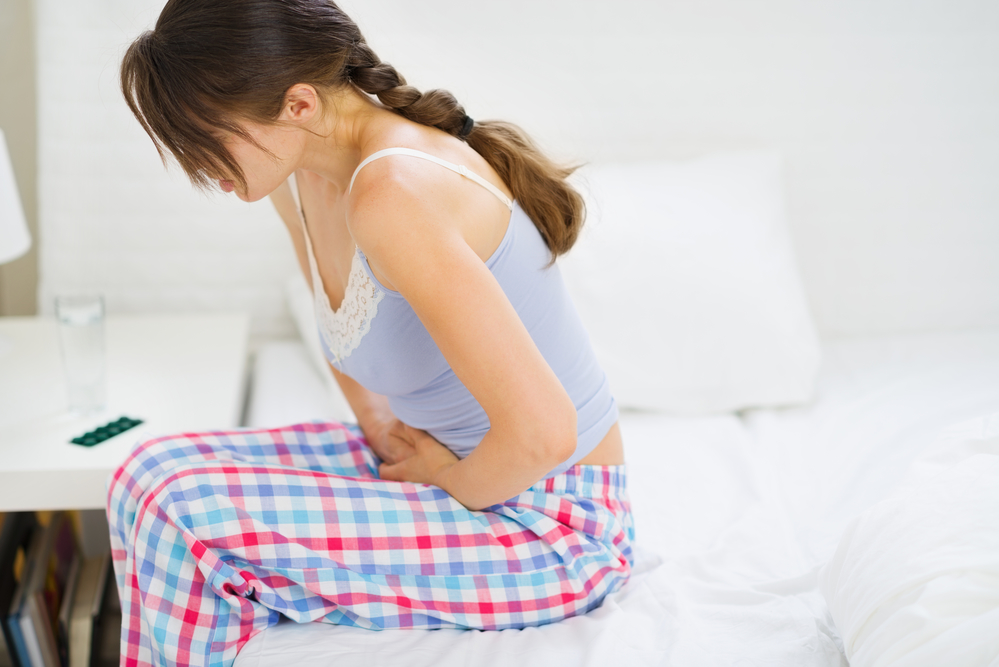Endometriosis is a condition that can cause pain and infertility in women. It’s a disorder where the endometrium, the tissue that lines the inside of the uterus, grows outside of it. Endometriosis can cause pelvic pain, constipation, urinary problems, and infertility.
There is currently no cure for endometriosis, but there are treatments available that can help relieve symptoms. In this article, we’ll discuss some of the most common endometriosis symptoms and how you can treat them.
Endometriosis is a condition in which tissue that normally lines the inside of the uterus (the endometrium) grows outside of it. This growth can occur in any area of the body but is most commonly found on the ovaries, Fallopian tubes, and inside the pelvis.

Symptoms of endometriosis can vary from woman to woman and can range from mild to severe. In general, women with endometriosis may experience:
Pain during or after menstruation
Heavy periods
infertility
pelvic pain unrelated to pregnancy
pain during bowel movements or urination
nausea and vomiting
anemia (a low blood count)
pain with bowel movement or urination caused by adhesions between the colon and rectum or bladder neck and urethra.
Endometriosis is a common condition that affects the female reproductive system. The disease occurs when tissue that normally lines the inside of the uterus (the endometrium) grows outside of it. This can cause pain and inflammation in the pelvic area, as well as other symptoms. Treatment for endometriosis typically includes surgery, medication, and/or a combination of these methods.